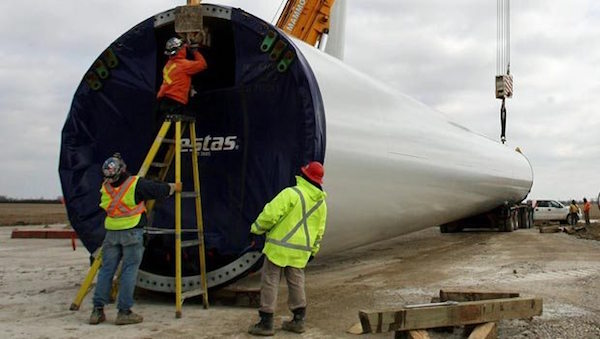
Local content requirements for the oil and gas sector now exist in many jurisdictions.
The principal objective of local content strategies is to maximize local benefits from oil and gas development projects through increased participation of the local workforce and firms.
Key features of local content strategies or plans include:
- Maximization of local hiring;
- Training of the local workforce;
- Local goods and services procurement; and
- Development of local enterprises.
The development of local content strategies can result in a number of benefits for oil and gas companies, including:
- Lower operational costs due to reduced numbers of expatriate staff
- Enhanced stakeholder engagement
- The ability to maintain a social license to operate.
Oil and gas local content strategies and planning
Oil and gas companies rely largely on contractors to design and build the infrastructure and facilities of large development projects.
Typically the lead contractors engaged are large engineering and construction firms which operate globally – in a wide variety of social, political, and regulatory environments – and have accumulated decades of experience. Other key participants in the sector are the supply service firms, some of which are highly specialized.
Oil and gas companies and their contractors have developed systems for increasing the capacity of local enterprises to supply goods and services to their operations. Efforts to increase or enhance the capabilities of small and medium enterprises (SMEs) to be integrated in the oil and gas value chain must be well coordinated with both the operators and their contractors.
Key areas in which SMEs new to the oil and gas sector often require support include health, safety, and environment (HSE) systems and the accompanying training of personnel and achievement of accreditations, access to sector-specific (often expensive to acquire) technologies and equipment, and the development of robust (and compliant) management and reporting systems.
Considering their requirements at various stages of planned or proposed projects, oil and gas firms often develop databases with inventories of local firms capable of supplying the required goods and services.
In developing strategies for increasing local content in oil and gas projects, setting realistic objectives and targets for different timeframes is crucial. While some opportunities for local firms’ integration in the oil and gas value chain may exist in the short-term, other opportunities may only become available at a later time – i.e., once these firms have gained experience, technologies, and know-how in the oil and gas sector, have established records of operating safely, and have developed robust management systems.
Thus, the process of enhancing capabilities takes time and requires an investment on the part of all stakeholders. It requires plans with realistic and achievable targets and relatively long timeframes, with significant stakeholder input and well thought-out implementation and monitoring tools.
Local content implementation experience
Norway is often highlighted in discussions about local content and how to successfully integrate local firms and workforces in the development of the oil and gas sector.
A number of countries – from Brazil to Indonesia – have implemented local content policies in the oil and gas sector, with varying outcomes relating to local participation achieved to date.
In Canada, the only jurisdiction to have legislated local content requirements for oil and gas projects is Newfoundland and Labrador – where high levels of local workforce participation have been achieved.
Stakeholder participation
Stakeholders with an interest in local content include:
- National and local governments;
- Communities;
- Oil and gas companies;
- Business organizations and Chambers of Commerce;
- Labour unions;
- Local contractors;
- Community-based organizations; and
- Financial institutions.
The development of local content strategies and plans requires the active involvement of stakeholders – with stakeholder expectations being key in defining objectives – in order to achieve the right balance between ambitious targets and appropriate measures.
Effective implementation of local content strategies requires the involvement of local firms’ representatives (with Chambers of Commerce advocating for local SMEs), along with industry and government representatives, in multi-stakeholder working groups or committees that oversee the implementation of specific measures, monitor progress, and make recommendations as strategy or plan implementation proceeds.
Image: Day Donaldson under Creative Commons 2.0

Leave a Reply